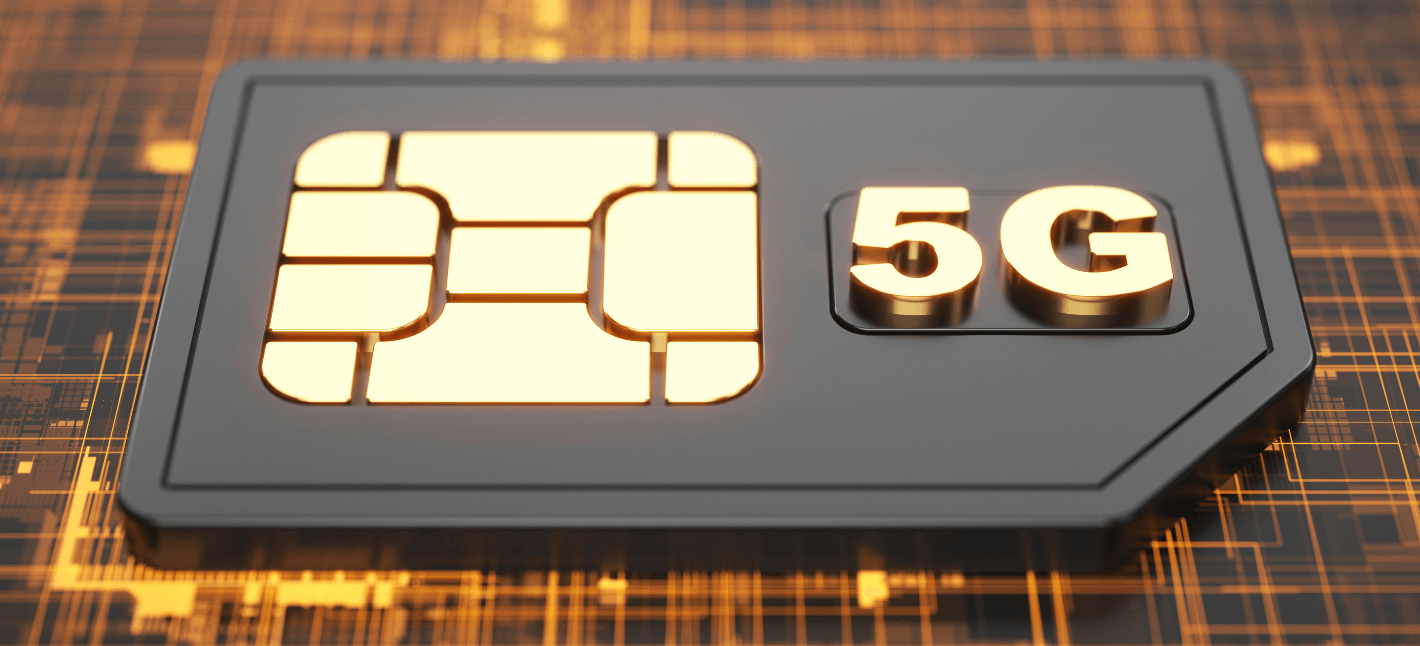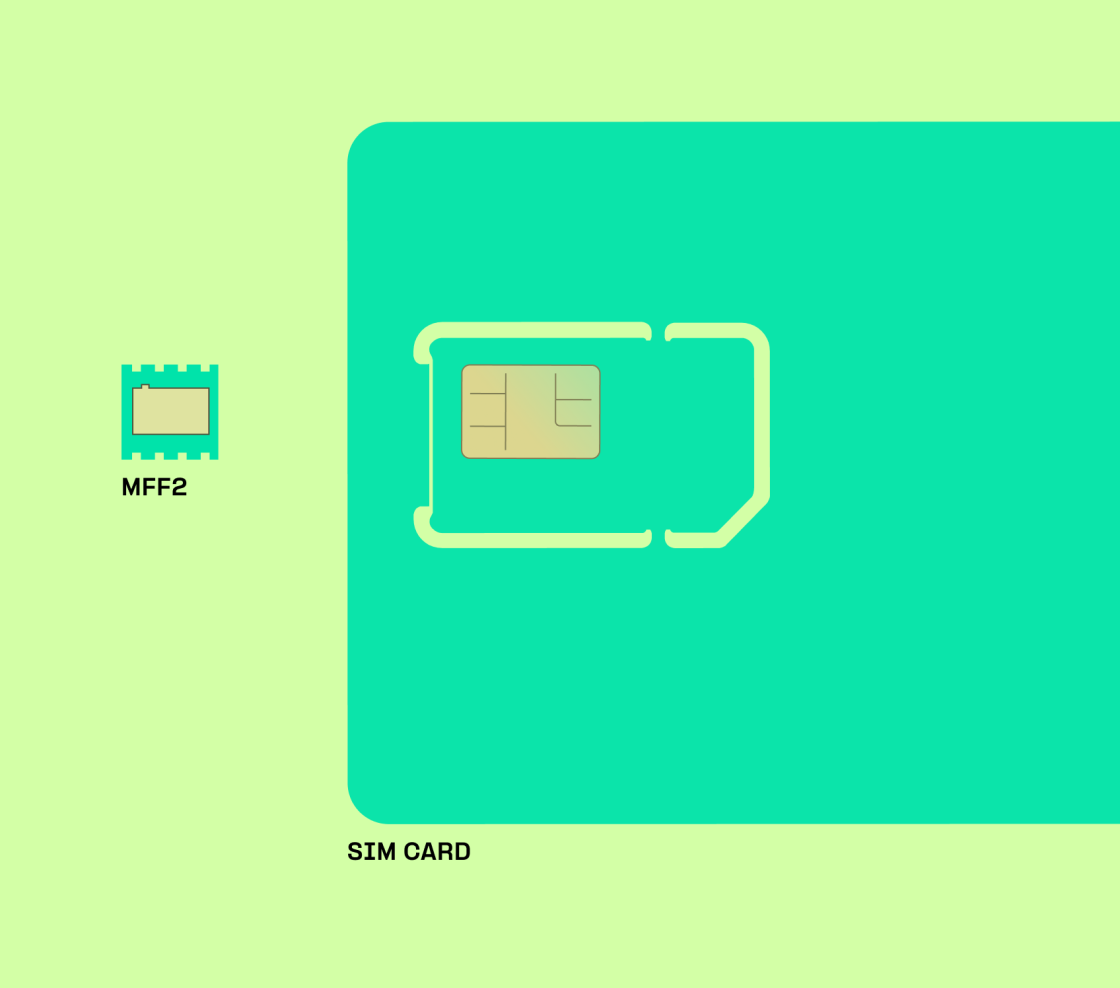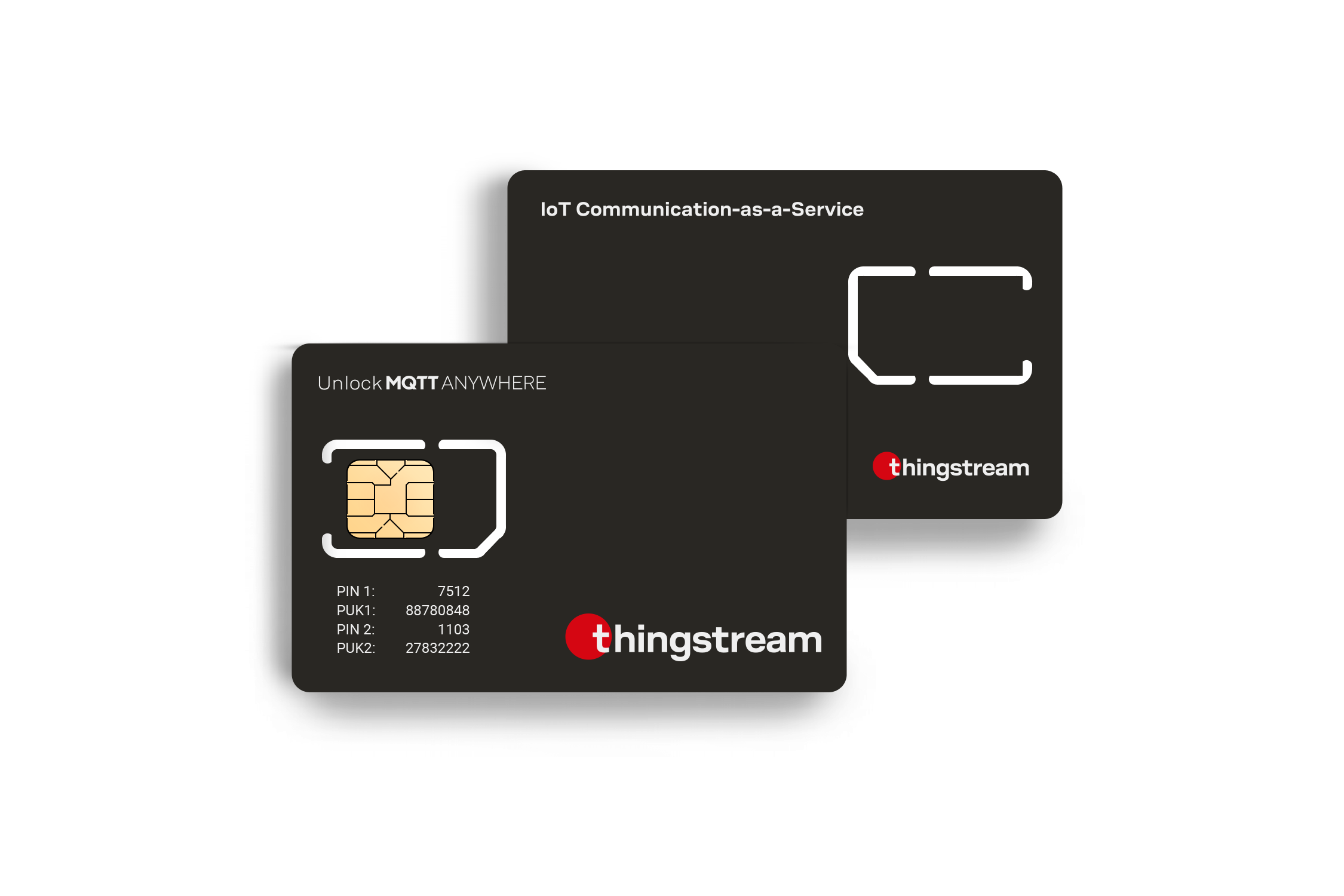Iot Sim Card Pricing IoT SIM Card
Iot Sim Card Pricing IoT SIM Card
Blog Article
Iot Sim Card Australia Marketplace
In the ever-evolving landscape of the Internet of Things (IoT), connectivity options play a critical position in determining the success and scalability of varied purposes. Among the key contenders are Wi-Fi and Low Power Wide Area Networks (LPWAN), every offering distinct advantages and challenges. Understanding their differences is important for those trying to deploy IoT solutions effectively.
Wi-Fi know-how, familiar to most shoppers, provides high-speed web entry throughout quite so much of gadgets. Its infrastructure is widespread, permitting for instant deployment in houses, offices, and public spaces. With the right setup, Wi-Fi can offer high information charges, making it appropriate for functions requiring real-time knowledge transmission, similar to video streaming or extensive data logging.
Despite its advantages, Wi-Fi comes with limitations that may impression IoT options. It usually operates within a limited vary, typically around a couple of hundred toes, relying on environmental elements. This short-range capability is probably not sufficient for functions requiring intensive coverage, significantly in rural or industrial settings. The dense networks of related gadgets can even result in congestion, affecting reliability and performance.
Iot Sim Card copyright IoT SIM
LPWAN, however, was designed particularly for IoT purposes requiring long-range connectivity. Technologies like LoRaWAN, Sigfox, and NB-IoT fall under this class, providing robust solutions for low-bandwidth but high-volume data transmission over huge distances. LPWAN units can transmit data over a number of kilometers, making them perfect for smart agriculture, environmental monitoring, and asset monitoring.
Another critical feature of LPWAN is its low energy consumption. Devices can typically run for years on small batteries, making them particularly appropriate for purposes where frequent battery replacement is impractical. Best Iot Sim Card. This functionality allows for remote installations in difficult environments, where regular maintenance could be costly or time-consuming.

Wi-Fi requires constant energy levels and infrequently needs frequent energy supply, which could be a hindrance in sure IoT purposes. For instance, smart meters or remote sensors that must be deployed in hard-to-reach locations wrestle when tied to conventional power sources. LPWAN presents a breakthrough by allowing long-duration information transmission with minimal energy requirements.
Global Iot Sim Card Need an IoT SIM card started
The nature of knowledge switch is one other area the place Wi-Fi and LPWAN diverge. Wi-Fi helps high-bandwidth purposes, enabling the switch of huge quantities of information swiftly. Streaming movies or transferring massive information becomes rather more feasible, which is crucial in certain sectors. However, this capability can lead to elevated prices and complexities in network administration.
Conversely, LPWAN specializes in sending small packets of information at infrequent intervals, becoming completely for monitoring scenarios. Sensor readings, standing updates, and alerts may be pushed periodically with out the overhead associated with high-bandwidth methods. This simplicity not solely improves battery life but also reduces general operational prices.
Iot Gsm Sim Card IoT Connectivity Resources Single SIM Card

Security is at all times a key concern in IoT deployments. Wi-Fi networks, while usually geared up with strong security protocols, are nonetheless weak to intrusion and unauthorized entry. The reliance on established network infrastructures means they typically turn into targets for malicious activities.
LPWAN supplies a more closed network, typically designed particularly for IoT functions, which inherently will increase safety against exterior threats. With decrease visibility to the basic public internet, these networks can safeguard critical data with heightened protocols. Nonetheless, the specific security measures depend upon the chosen LPWAN technology and the way the system is architected.
Prepaid Iot Sim Card Smart Connectivity IoT Services
Deployment costs also play a big position in deciding between Wi-Fi and LPWAN. Setting up a Wi-Fi network can involve considerable bills associated to the set up of routers and repeating units, especially for extensive coverage areas. On the contrary, LPWAN options usually require decrease initial investments, primarily as a outcome of fewer infrastructure dependencies and fewer hardware.
Choosing the right connectivity technique ultimately is dependent upon the specific requirements of the applying. If the use case demands excessive information rates and real-time communication, Wi-Fi may be most well-liked despite its challenges. For eventualities demanding long-range coverage and low energy consumption, LPWAN is probably going the higher selection.
In crafting IoT solutions, decision-makers must also account for scalability. As the number of gadgets grows, the community should be succesful of handle increased traffic. Wi-Fi networks can become saturated shortly, especially in crowded settings, resulting in unreliable connections. LPWAN, with its capability to assist hundreds of low-power units throughout massive areas, typically demonstrates better scalability.
Exploring hybrid approaches can provide a complete solution for many functions. For instance, a project may profit from Wi-Fi for specific duties requiring high knowledge throughput, whereas using LPWAN for devices needing long-range and low-power operation. This mixture leverages the distinctive strengths of each technologies while mitigating their weaknesses.
Best IoT SIM Card IoT Connectivity Resources Single SIM Card
The way ahead for IoT connectivity probably lies in a more built-in method, where a quantity of technologies coexist to serve various needs. The rapid innovation inside each Wi-Fi and LPWAN standards suggests a promising evolution in capabilities. Ongoing developments in security measures, energy effectivity, and cost-effectiveness will proceed to shape how organizations adopt connectivity solutions.
In abstract, Wi-Fi and LPWAN characterize two distinct but very important paradigms within the realm of IoT connectivity. The selection between the two hinges on specific use-case situations, together with range, power necessities, knowledge needs, and security issues. Organizations should fastidiously evaluate these parameters to make knowledgeable decisions that align with their operational targets. Understanding the nuances of each technologies will information businesses toward efficiently deploying IoT solutions tailored to their distinctive demands.
- Wi-Fi provides high information transfer charges suitable for functions requiring giant bandwidth, while LPWAN excels in situations needing low data throughput with long-range connectivity.
- The deployment of Wi-Fi ensures easy accessibility in urban areas, however LPWAN is designed to reach distant and rural locations the place cellular infrastructure may be lacking.
- Wi-Fi networks usually require extra energy consumption as a outcome of continuous connection demands, whereas LPWAN units prioritize battery life, often working for years on a single cost.
- Security protocols differ, with Wi-Fi networks vulnerable to unauthorized entry if not correctly secured, while LPWAN technologies often use built-in encryption mechanisms that improve data security.
- Wi-Fi networks typically help a restricted number of related gadgets simultaneously, whereas LPWAN can accommodate an unlimited number of devices inside a single network without congestion issues.
- The latency in Wi-Fi is minimal, allowing for real-time knowledge transmission, whereas LPWAN might experience larger latency, appropriate for non-time-sensitive applications.
- Wi-Fi infrastructure can require frequent maintenance and upgrades, while LPWAN networks are sometimes less complicated to manage over long durations because of fewer parts and decrease complexity.
- Interference from neighboring Wi-Fi signals can affect connectivity, whereas LPWAN operates in much less congested frequency bands, improving reliability for IoT purposes.
- Wi-Fi is usually seen as an indoor connectivity resolution ideal for smart homes and workplaces, whereas LPWAN is healthier suited to outdoor applications similar to smart agriculture and environmental monitoring.
- Cost implications differ; organising Wi-Fi networks may be expensive as a result of hardware needs, whereas LPWAN could present a extra economical and scalable answer for large-scale IoT deployments.undefinedWhat is the main difference between Wi-Fi and LPWAN for IoT connectivity?
Wi-Fi provides high-speed knowledge transmission over quick distances, making it perfect for purposes needing high bandwidth. In contrast, LPWAN is designed for long-range communication with low power consumption, best fitted to devices that require rare data websites transmission.
Cellular Iot Sim Card IoT SIM Card
Which use instances are better suited for Wi-Fi in IoT applications?
Wi-Fi is optimal for urban settings where units want steady web entry, such as smart home appliances, video surveillance, and high-bandwidth sensors that operate within brief to medium ranges.
What are the key benefits of utilizing LPWAN for IoT connectivity?
LPWAN excels in in depth protection, low energy consumption, and cost-effectiveness for giant deployments. It's especially advantageous for remote monitoring purposes like smart agriculture, utility meters, and environmental sensors.
Free Iot Sim Card IoT SIM card Knowledge Base
How does the energy consumption of Wi-Fi compare to LPWAN?
Wi-Fi typically consumes more energy, especially during continuous data transmission, whereas LPWAN networks are designed for devices that send small amounts of data infrequently, resulting in significantly lower energy requirements.
Sim Card Iot IoT SIM card IoT M2M eSIMs

Can Wi-Fi and LPWAN coexist in an IoT environment?
Yes, combining Wi-Fi and LPWAN may be helpful. Wi-Fi can handle high-bandwidth tasks while LPWAN manages low-power, long-range communications, permitting for a flexible and environment friendly IoT ecosystem. Cellular Iot Sim Card.
What are the safety implications of utilizing Wi-Fi vs. LPWAN?
Iot Single Sim Card IoT SIM Cards Introductory Guide
Wi-Fi implementations typically have stronger, standardized security protocols but may be extra vulnerable to unauthorized access in congested areas. LPWAN security can range however usually provides reduced assault surfaces as a outcome of easier communication.
Which know-how supports a bigger variety of devices in a given area?
LPWAN supports a bigger number of devices due to its low-power, low-bandwidth structure that can handle connections over huge distances. Wi-Fi, while capable of dealing with a quantity of connections, may battle in densely populated environments as a outcome of bandwidth limitations.
How does the deployment value of Wi-Fi compare to LPWAN?
Cellular Iot Sim Card Secure IoT SIM
Wi-Fi could have greater initial deployment prices due to infrastructure requirements such as routers and entry factors. LPWAN often entails decrease setup costs, significantly check here when leveraging present networks or decentralized architectures.

What ought to I think about when choosing between Wi-Fi and LPWAN for my IoT project?
Consider the specific necessities of your software: required range, energy consumption, data transmission frequency, and bandwidth wants (2g Iot Sim Card). Each expertise has its strengths; aligning your selection with these parameters will improve overall efficiency.
Report this page